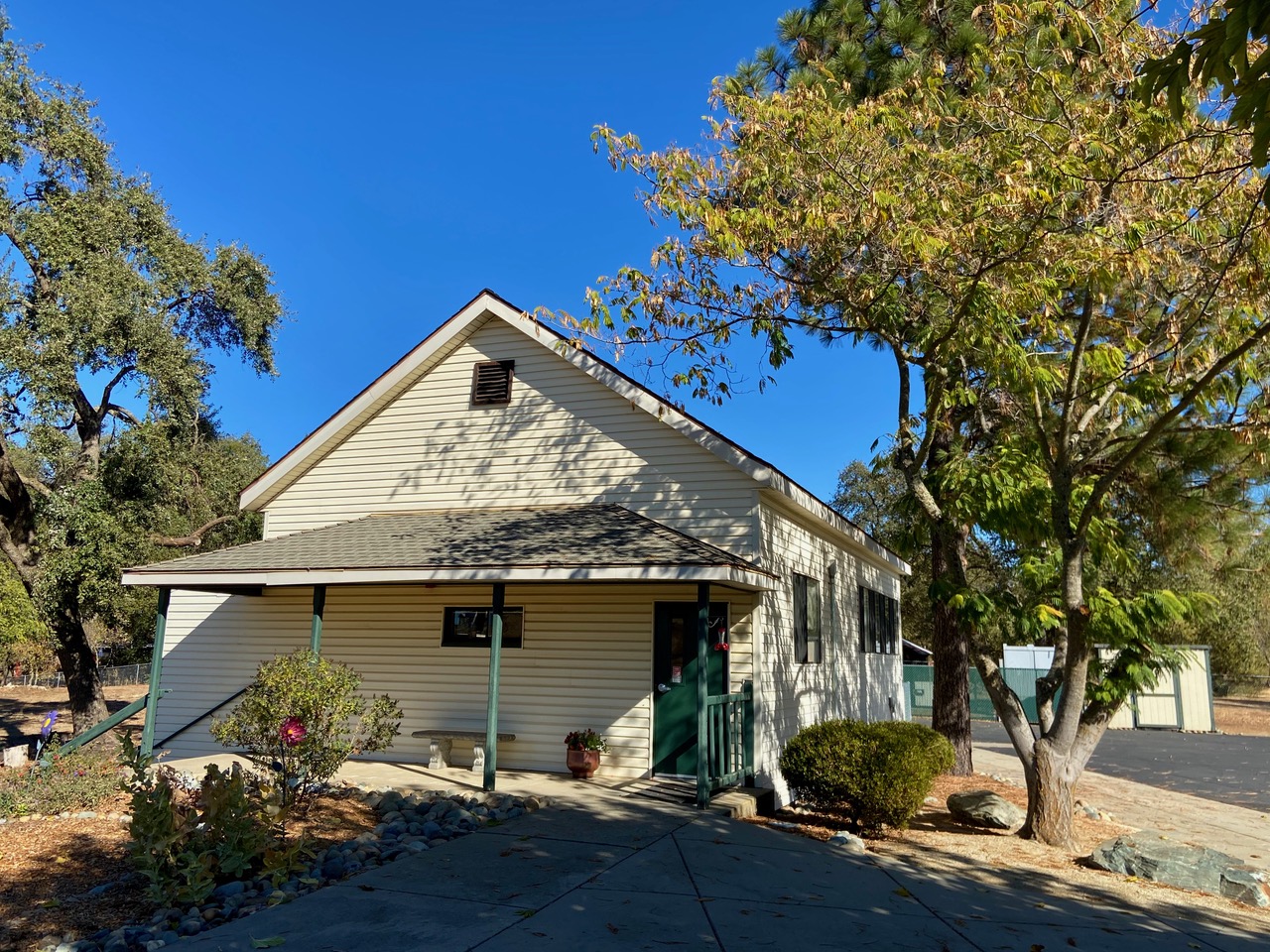Making Tracks for the Historic Railroad Town of Latrobe
Contributed by Keli Gwyn
If you head south on South Shingle Road at exit 37 on Highway 50 in El Dorado County and travel nine miles on the winding country road though the rolling Foothills, you’ll come to the small town of Latrobe. Although home to just a few families today, this quiet community was once a bustling railroad town teeming with travelers.
First settled by Tennessee resident James Harrison Miller, Latrobe become a town in 1864 when Miller, a hotelier and rancher, granted the Placerville and Sacramento Valley Railroad right-of-way through his sprawling 7,000 acres. The rail company chose this location in southwest El Dorado County to help support the mining activity in neighboring Amador County. F.A. Bishop, the chief engineer of the PV&SVRR, named the town after Benjamin Henry Latrobe Jr., the civil engineer in charge of building the nation’s first railroad, the Baltimore and Ohio.

A year later, in 1865, the Placerville and Sacramento Valley Railroad reached Shingle Springs, which served as the end station until the line was finally extended to Placerville in 1888. The mid-1860s were the rail company’s heyday. Silver had been discovered in Virginia City, Nevada, and supplies headed to the Comstock Lode filled freight car after freight car. The heavy traffic brought many to Latrobe, and the town grew to around 700 residents. As the population increased, so did the number of businesses. At its peak, Latrobe boasted seven stores, four hotels, three blacksmith shops, a bakery, several butcher shops, and a carriage and wagon factory.

Precious few of the original buildings remain, the most notable being the Simas House at the junction of South Shingle and Latrobe Roads, which served as a hotel and saloon. The I.O.O.F. Hall has been modernized and features a historic marker out front. Sadly, the original two-story school built on land donated by the town’s first resident, Miller, was lost in the fire of 1915 that destroyed much of the town. It was replaced by an attractive single-story school building that serves as the library at the present-day Latrobe Elementary School.
The influx of travelers brought about by the Placerville and Sacramento Valley Railroad caused Latrobe to reach its peak around 1866, but the rail line didn’t enjoy its prosperity for long. When the northern route through Auburn was chosen for the Transcontinental Railroad, the PV&SVRR became a small local route with limited use. As a result, Latrobe’s population dwindled.

Progress left Latrobe a quiet community with few amenities. By 1883, only 80 called it home, with just one store, one hotel, a telegraph line, and the single carriage and wagon shop remaining. Although those who remained have fond memories of life in Latrobe, longtime residents reminisced about not getting electricity in town until 1947. Despite its small size, this once-thriving railroad town played an important role in California’s history.
